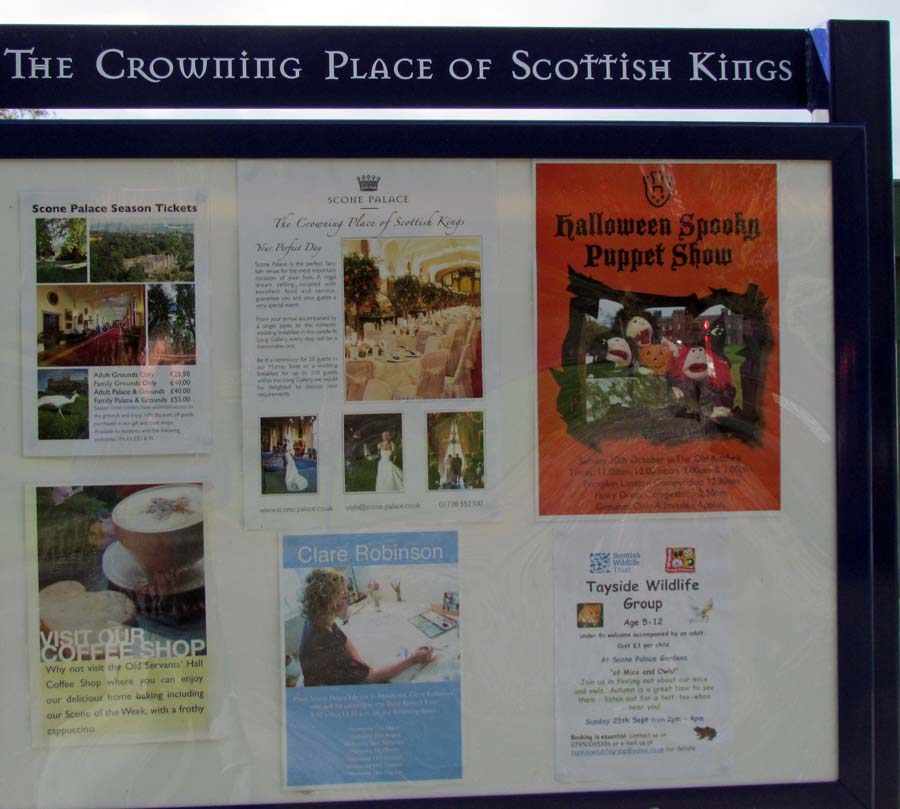
Scone Palace
Scone was as an ancient gathering place of the Picts,
and was probably the site of an early Christian
church. The place of coronation was called Caislean Credi, 'Hill of
Credulity', which survives as the present Moot or Boot
Hill. In the Middle Ages the mound
was marked with a stone cross, but this disappeared probably at the Scottish
Reformation in 1559, when the Abbey buildings were sacked by a mob
from Dundee.
From 1114 to 1559, Scone was one of Scotland's
major abbeys. It was founded by King Alexander
I. Between 1284
and 1402 Scone Abbey (sometimes referred to as the Palace of the Abbots) often
served to house the Parliament
of Scotland.
Alexander II and Alexander III, both crowned at Scone, ruled from 1214 to 1286.
For centuries, the greatest treasure at Scone was the Stone of
Scone
upon which the early Kings of Scotland were crowned. When Edward
I of England carried off the Stone of Scone to Westminster Abby in
1296, the Coronation
Chair that still stands in the abbey was specially made to fit
over it. Robert
the Bruce was crowned at Scone in 1306 and the last coronation was
of Charles
II , when he accepted the Scottish crown in 1651. The Stone
of Scone is now in Edinburgh
Castle.
There are fine woodlands
on the grounds and policies of Scone Palace, some of the fir trees being at
least 250 years old.
A number of
peacocks roam the
grounds, including several albino males. The palace annually hosts
the Game & Wildlife Conservation Trust's Scottish Game Fair.

I don't know about Jackie, but this may well have been my favorite stop in Scotland
Not counting pubs...
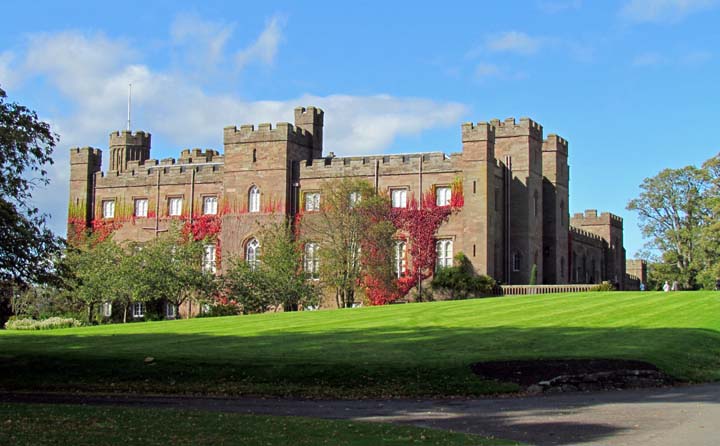
One of the Castle guides coming down the path in Scottish garb
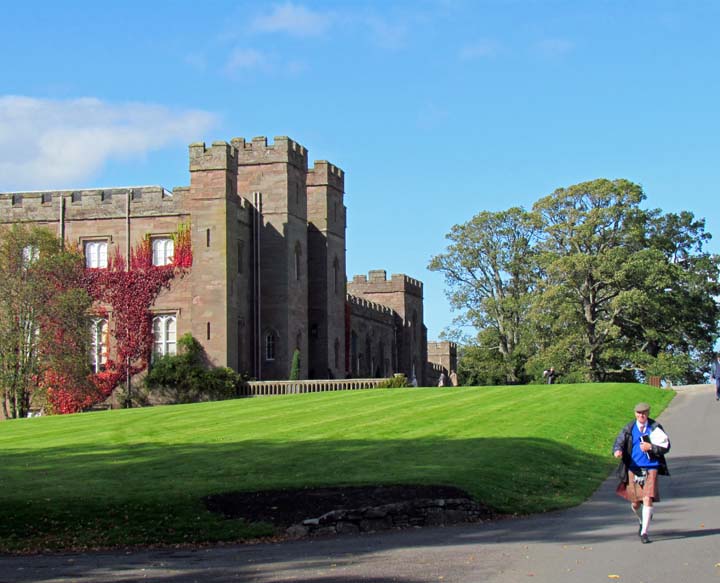
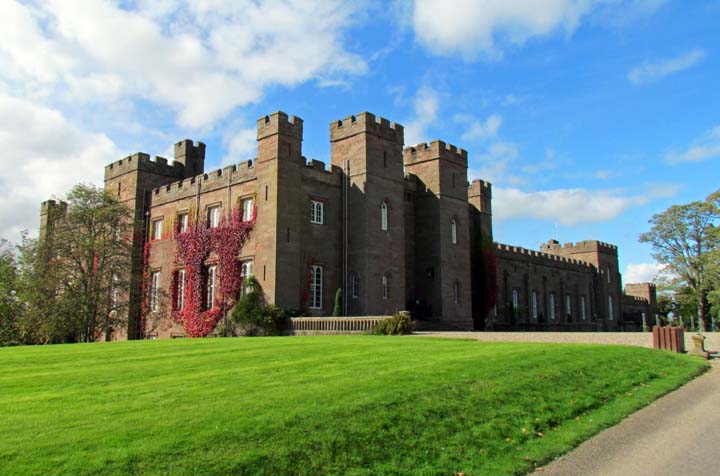
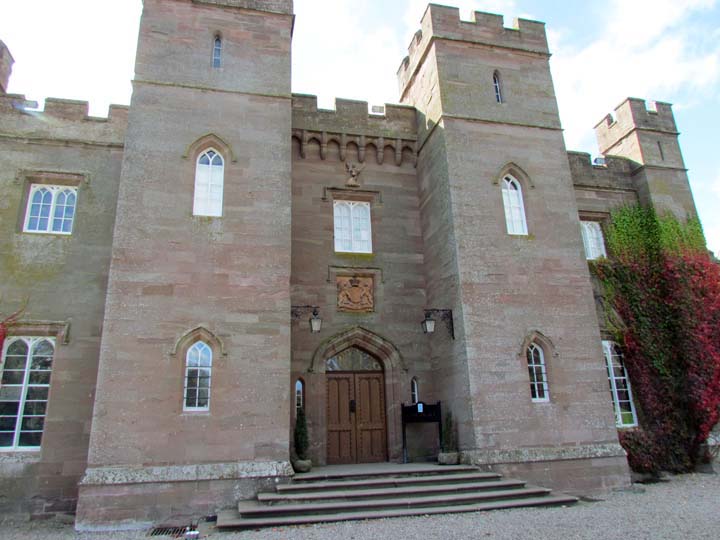
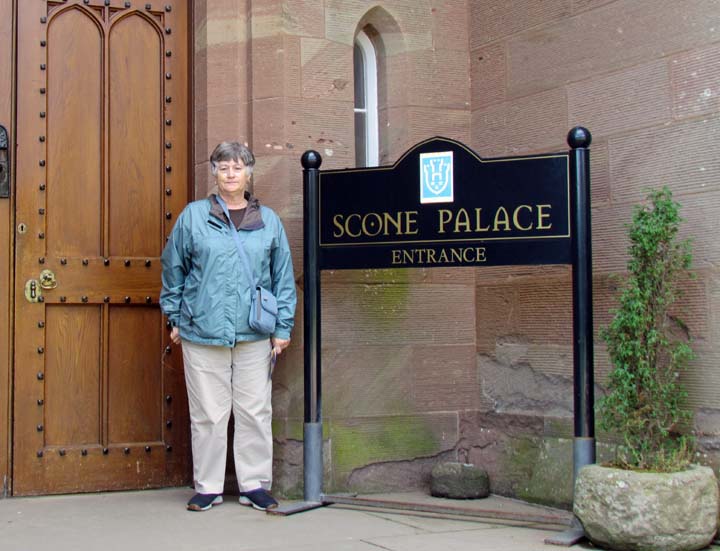
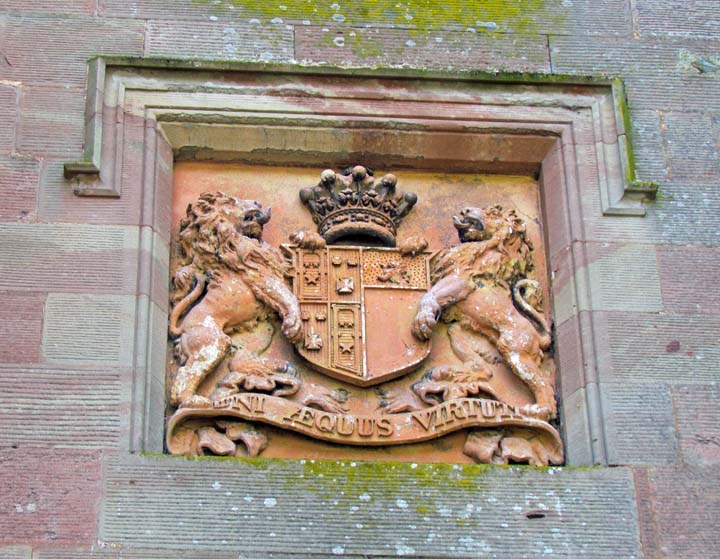
Sadly, again, no pictures allowed inside - but the Moot Hill,
the Stone of Scone and the grounds compensate for the loss
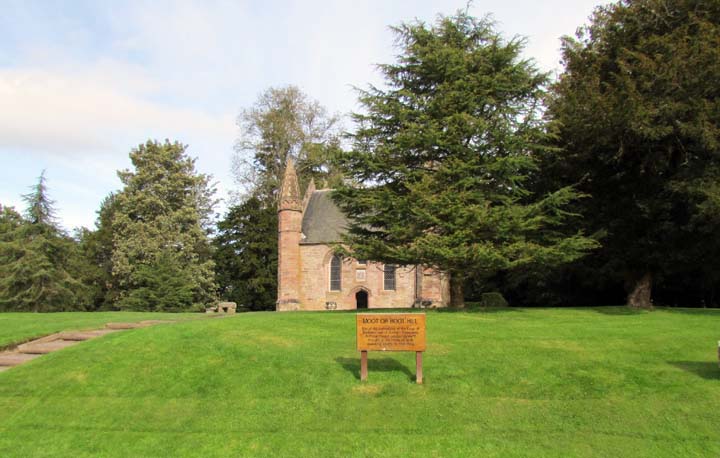
No Scot could be sworn into Parliament on land other than his own As the King could not go to every location, the lords would put dirt from their domain in their boots when sworn in. They would then dump the dirt before the chapel and the Stone of Scone, making over time, this mound or hill
One cannot help but have a wave of history pass over/through while standing here
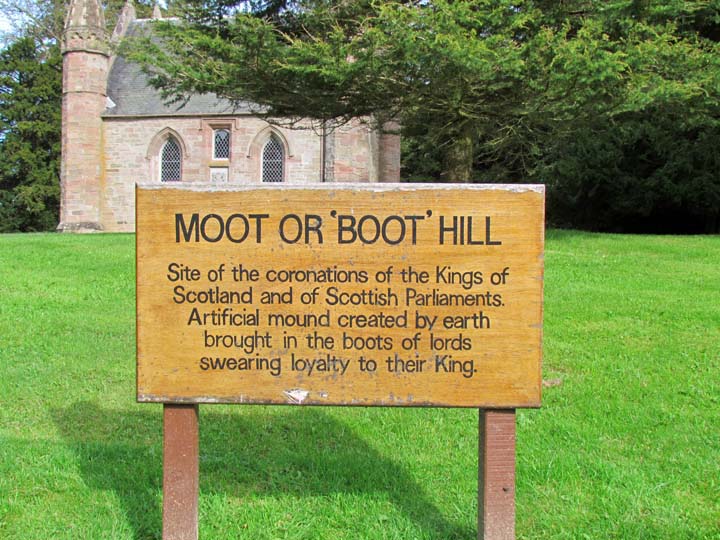
A replica of the Stone of Scone.
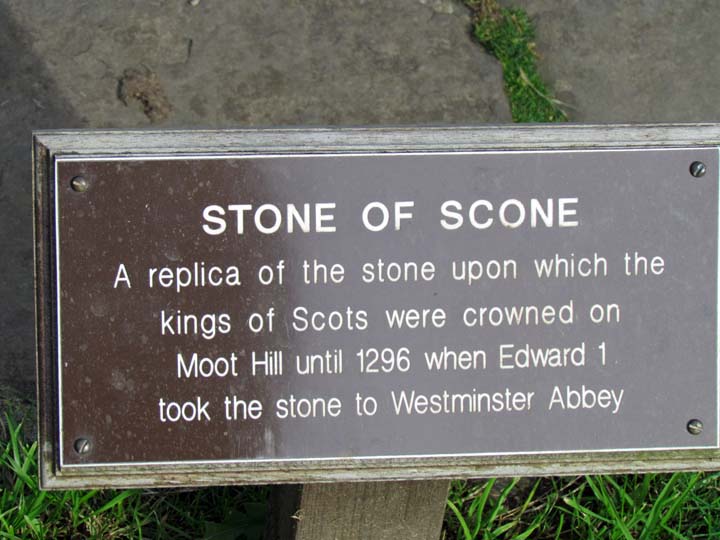
When we saw the real stone in Edinburgh, there was documentation that it might not be the "real" stone. Some claim that when Edward I came to take it, the actual Stone of Scone was hidden - and never again found. This is based upon ancient descriptions of the stone - none of which seem to match the current stone.
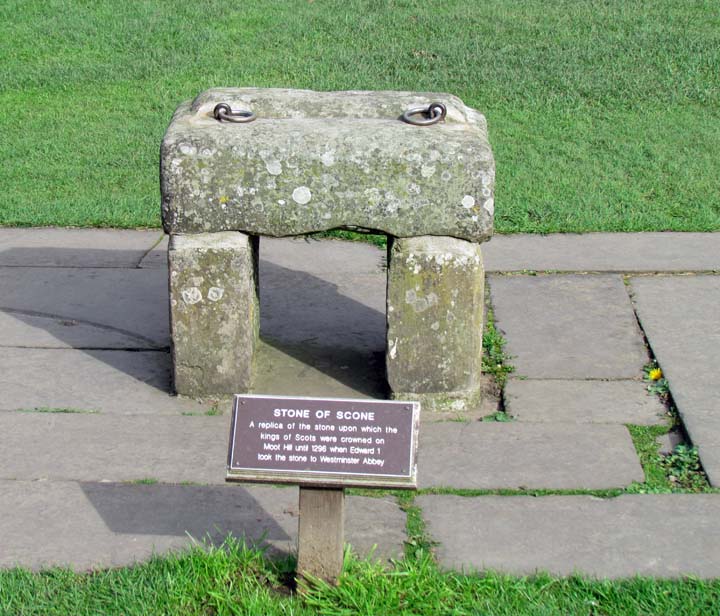
So crown us already!
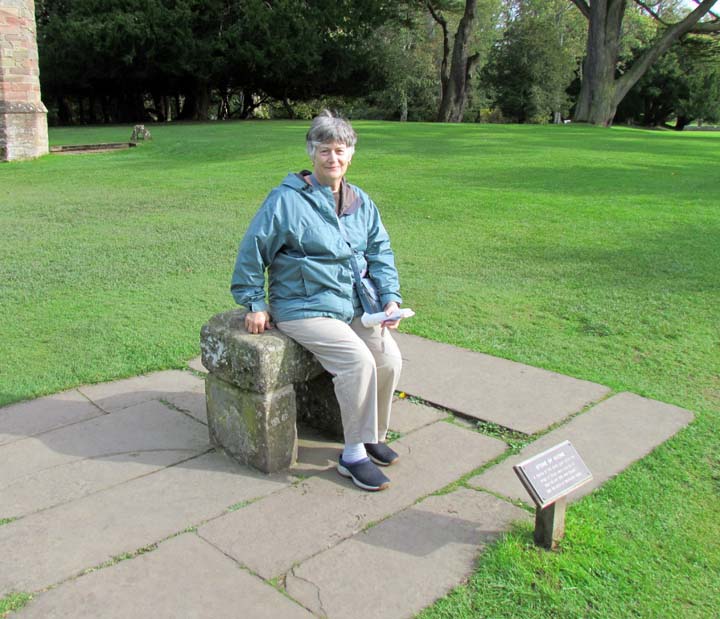
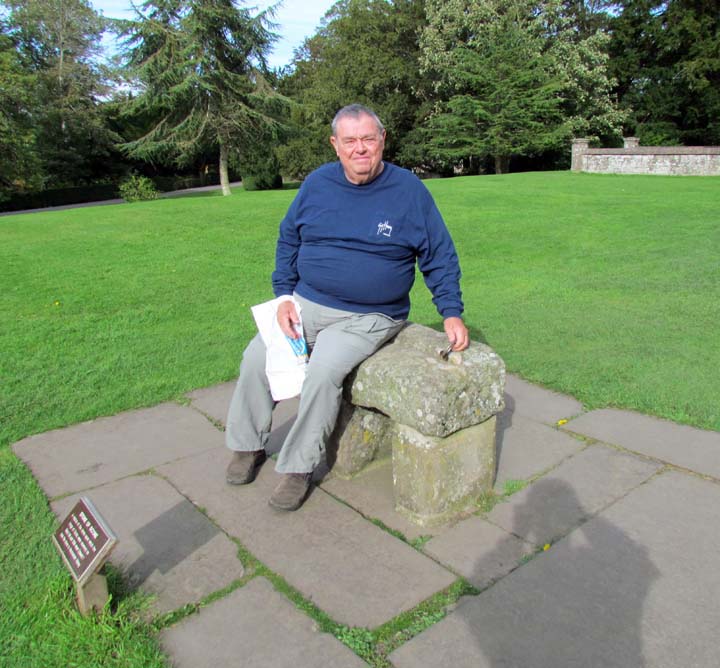
The small Presbyterian Mortuary Chapel at Scone Palace
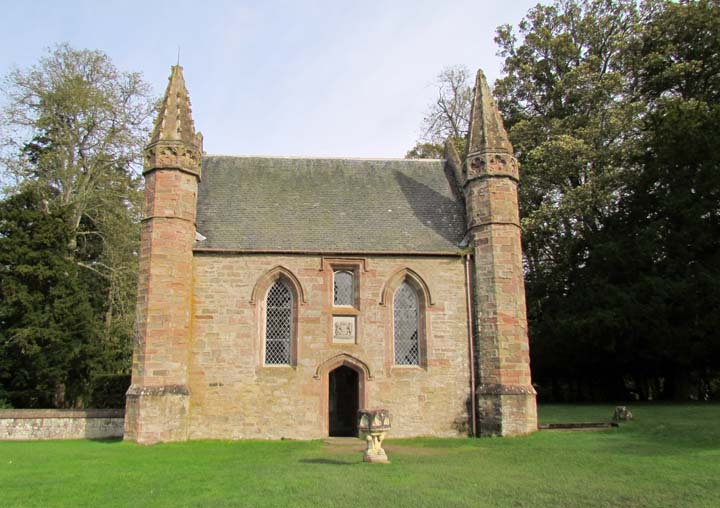
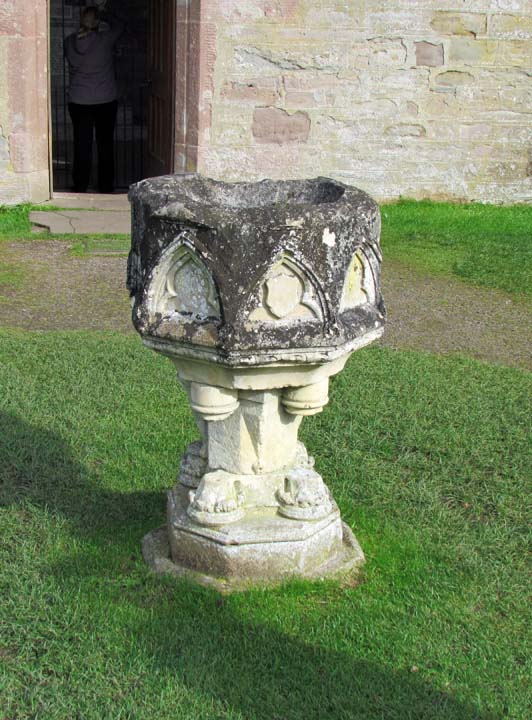
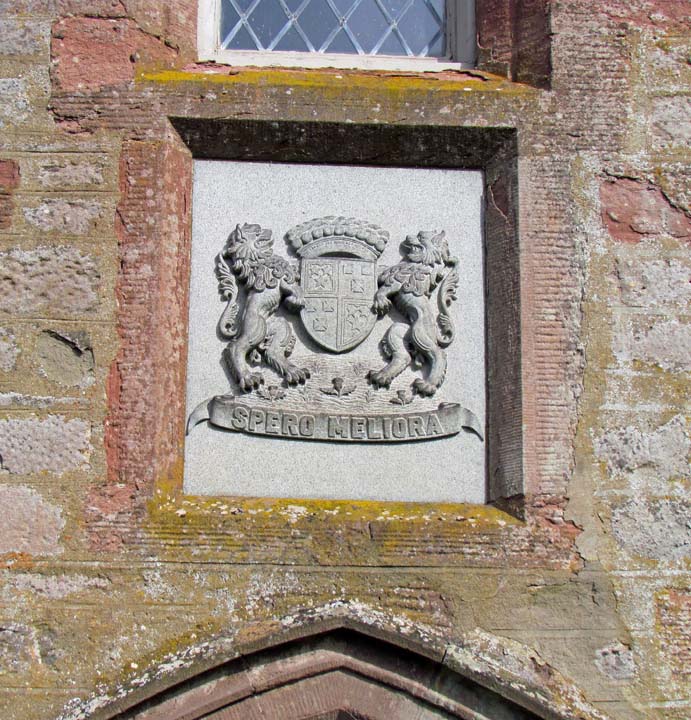
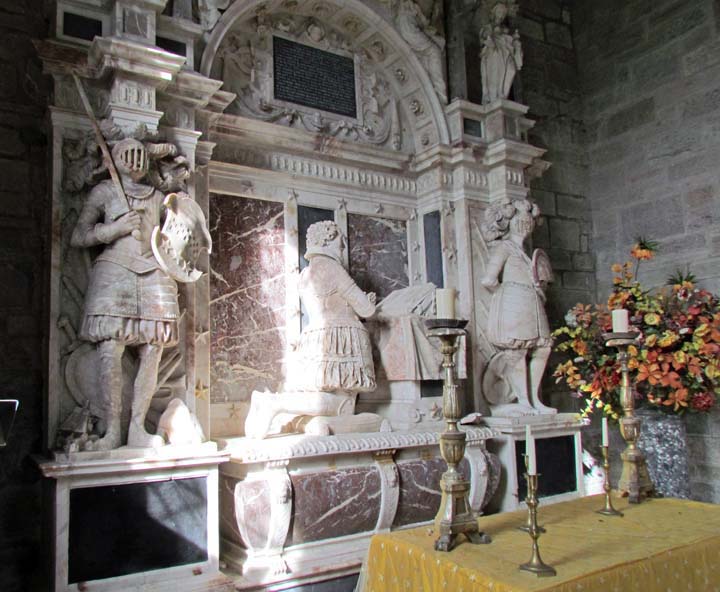
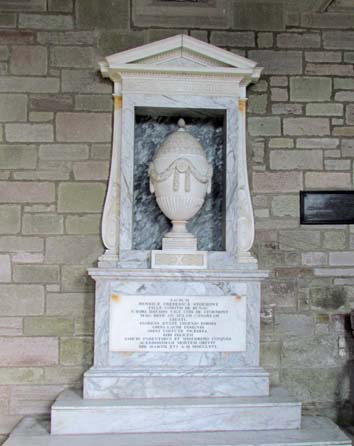
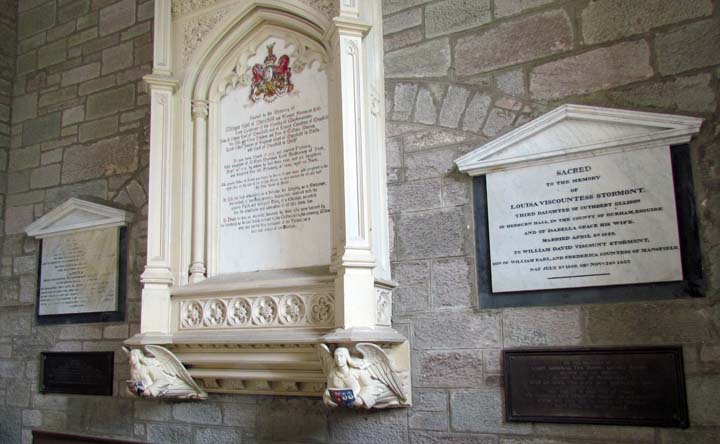
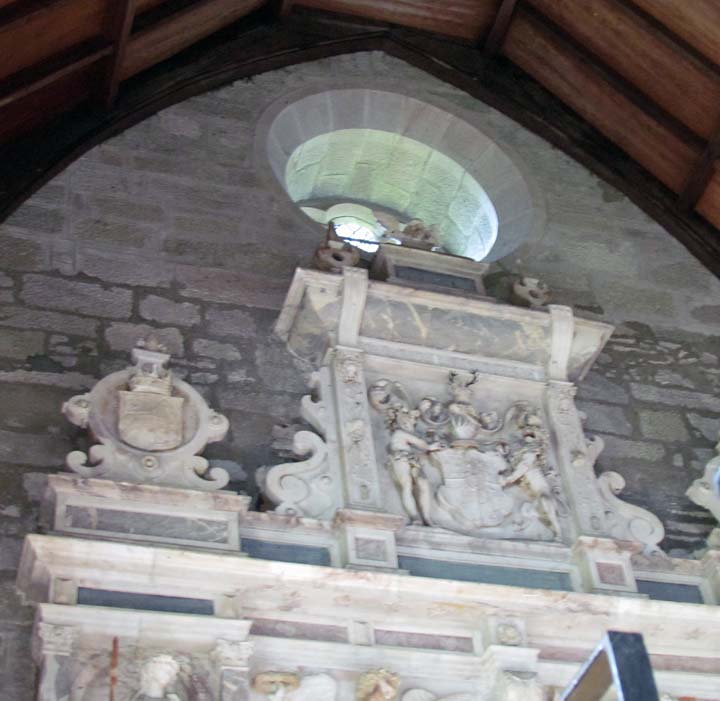
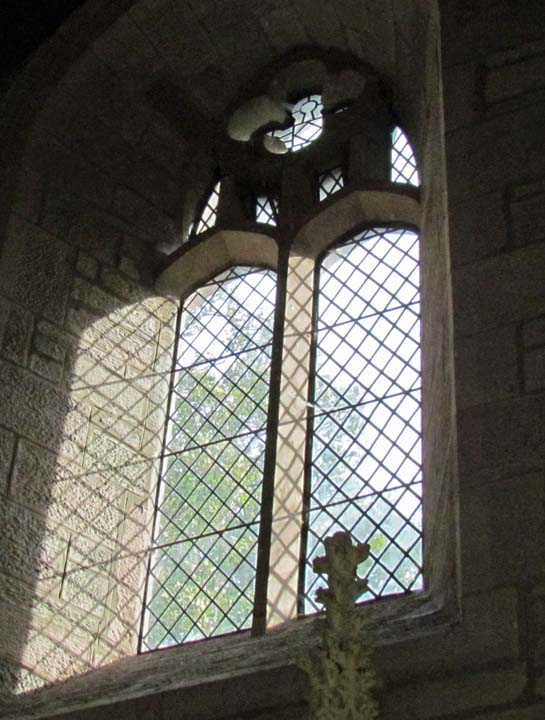
Outside, and to the rear of the Chapel, was this unmarked grave.
As you see, a fellow clansman has left remembrances recently
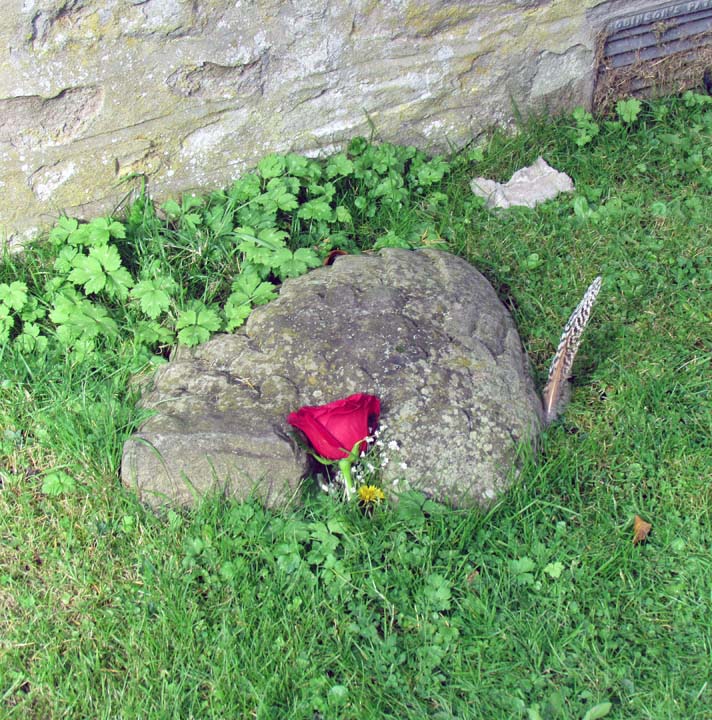
There are other graves / monuments behind the chapel
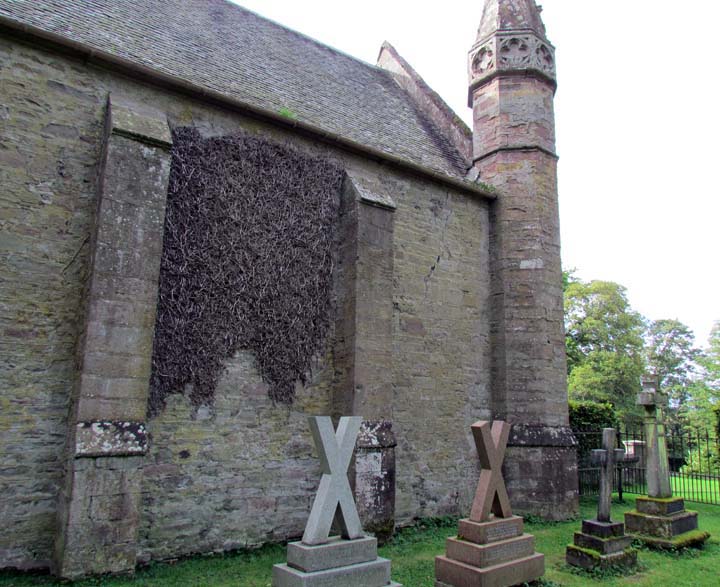
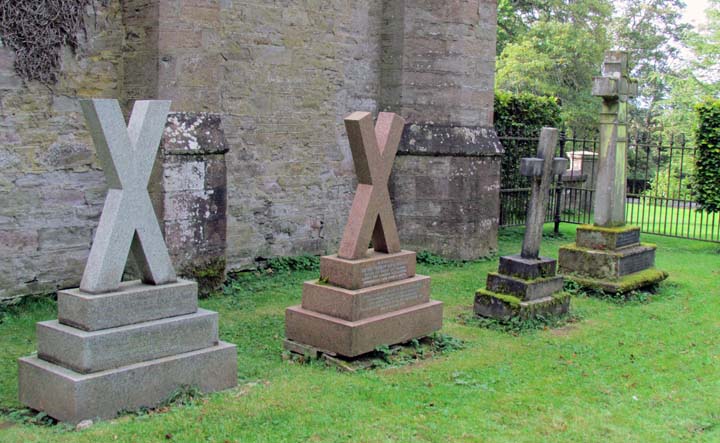
And then there are the grounds !
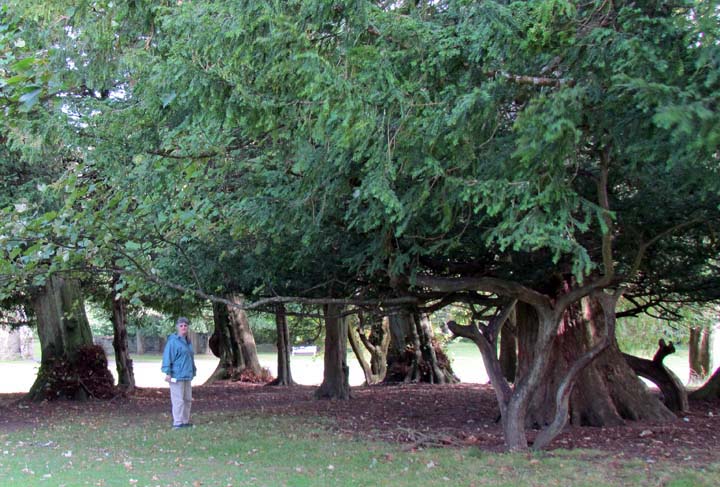
A look back at the Scone Castle from the grounds
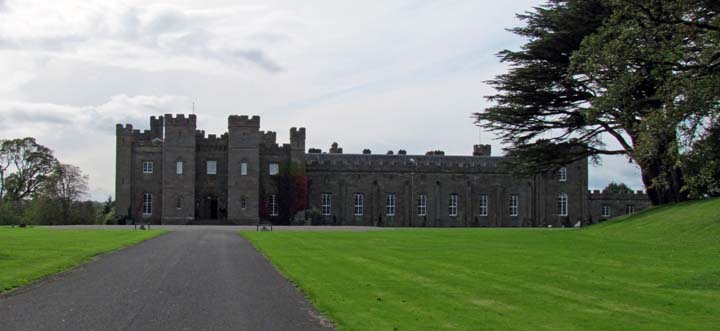
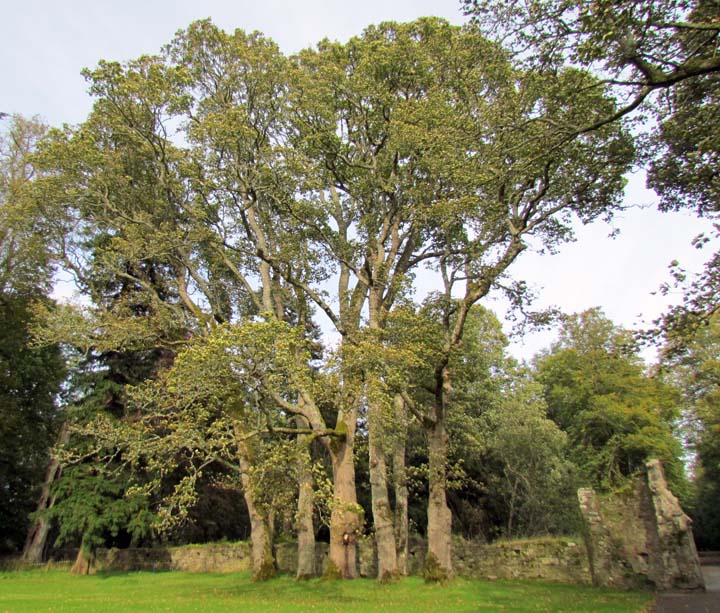
The original gate to the castle
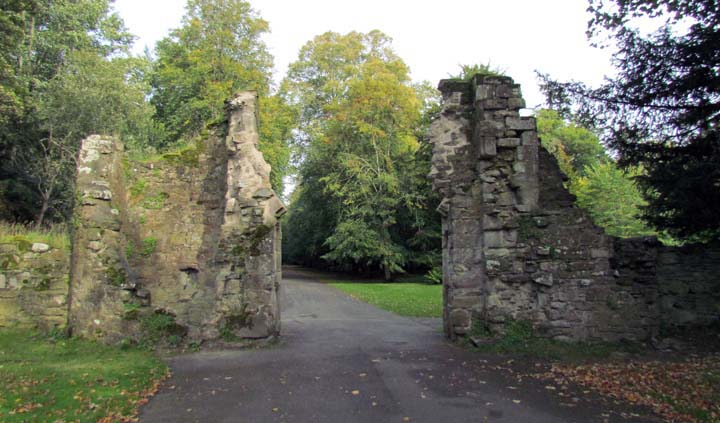
It had small towers with guards
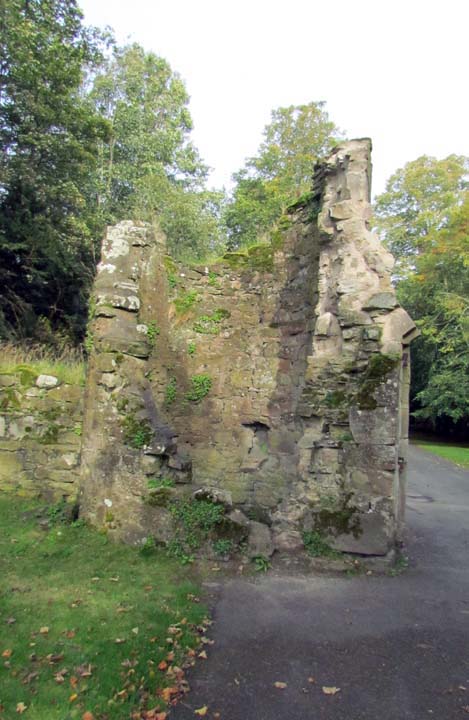
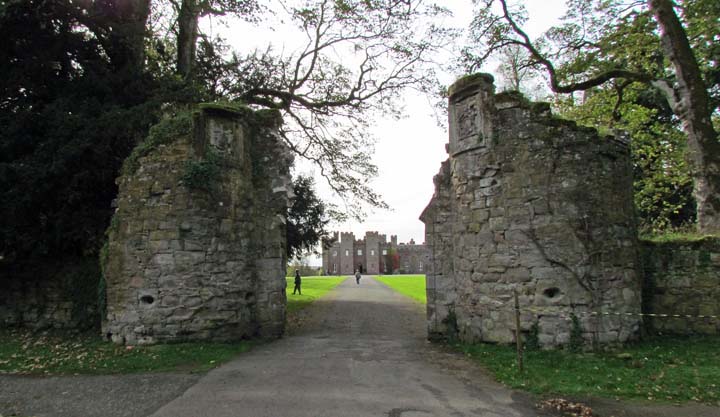
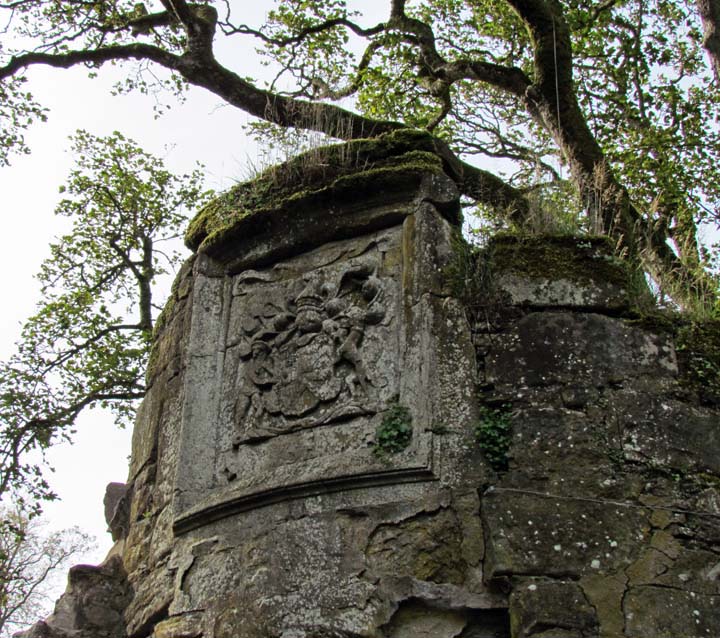
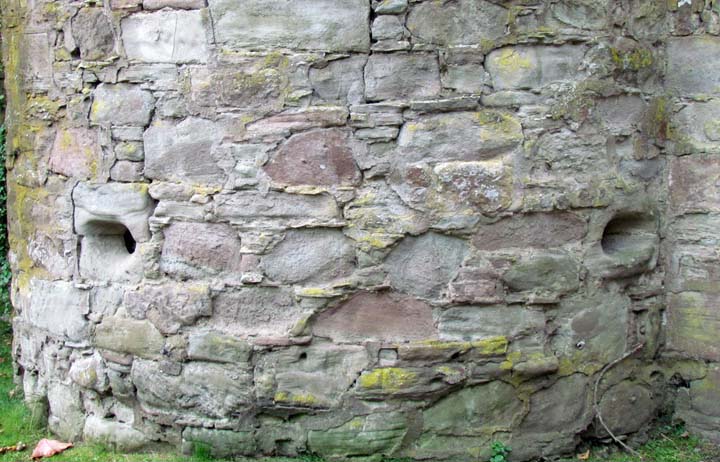
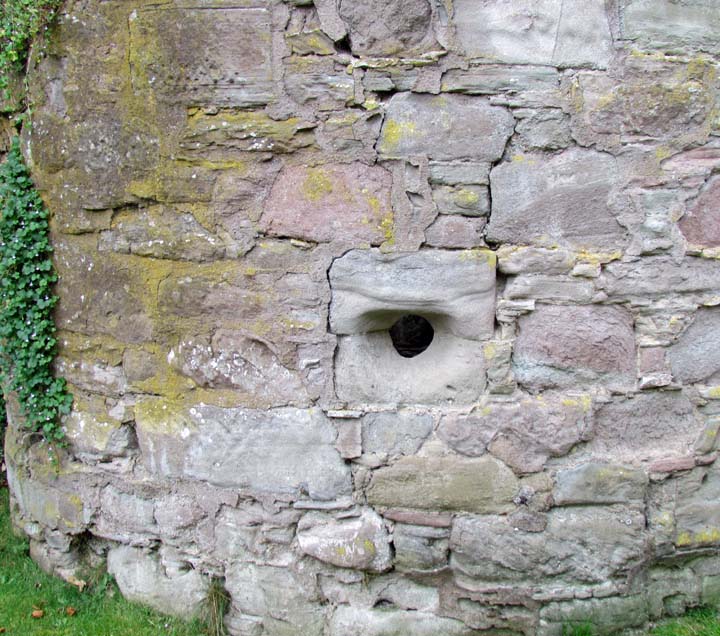
The ancient cemetery
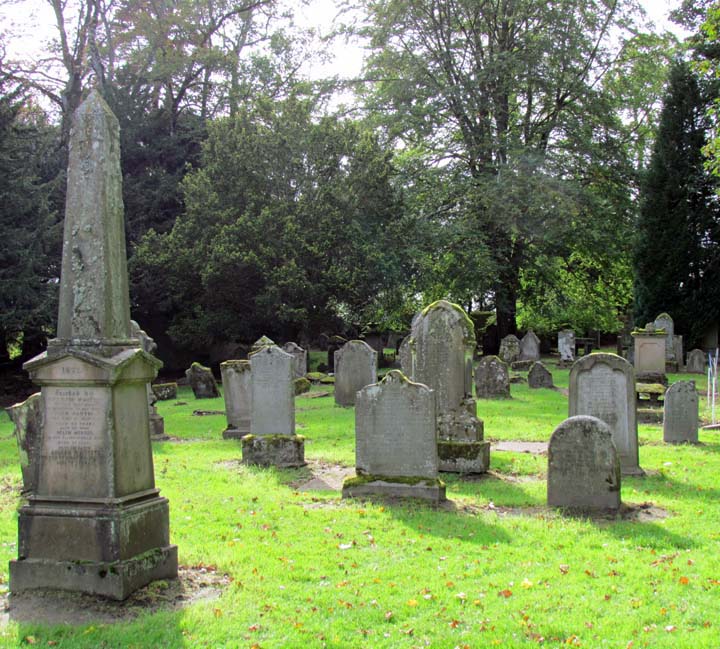
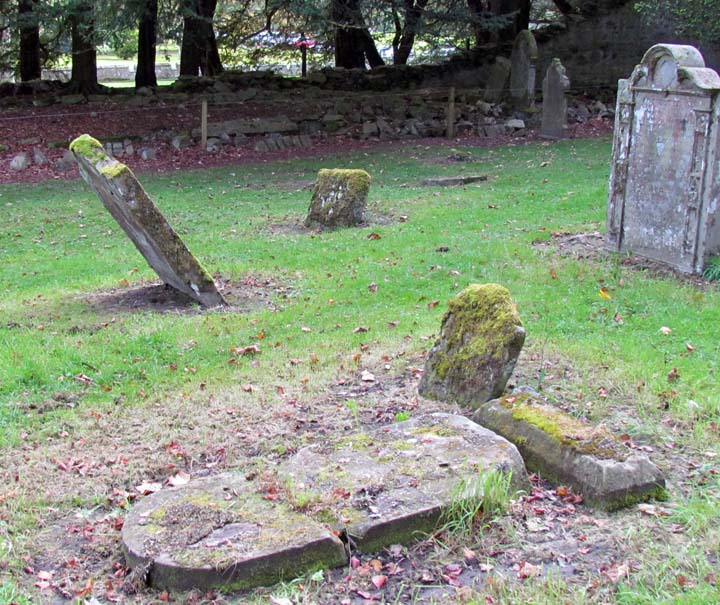
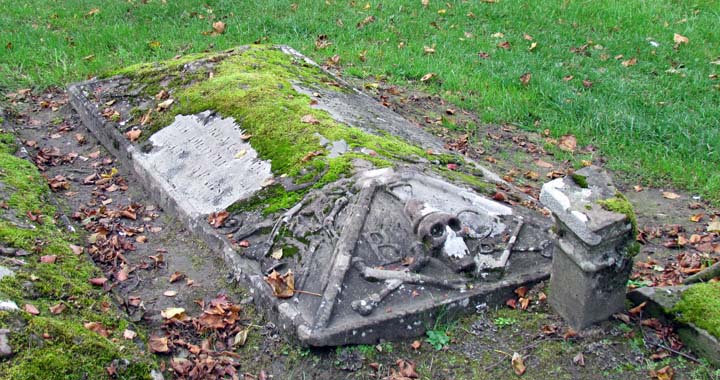
Some very unusual - and some too old to any longer read
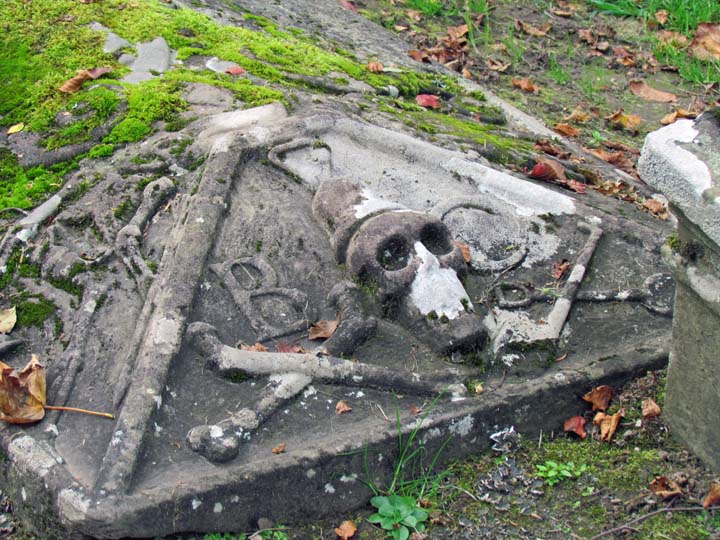
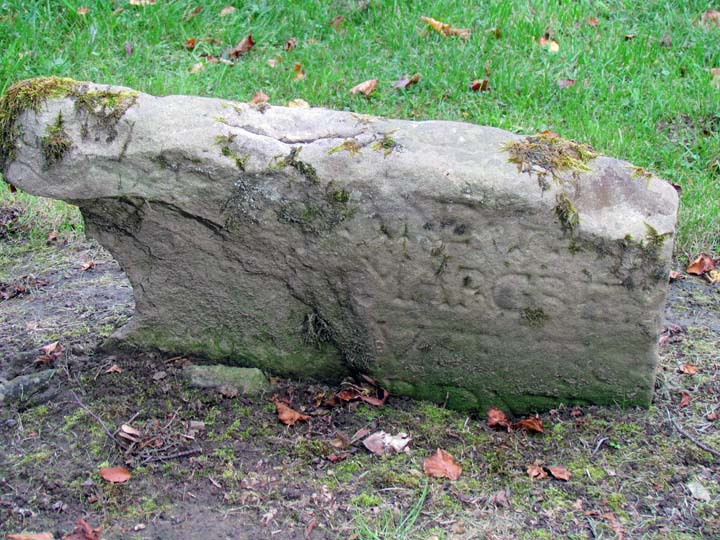
With a Good Bye to the albino peacock,
we're off to our next stop
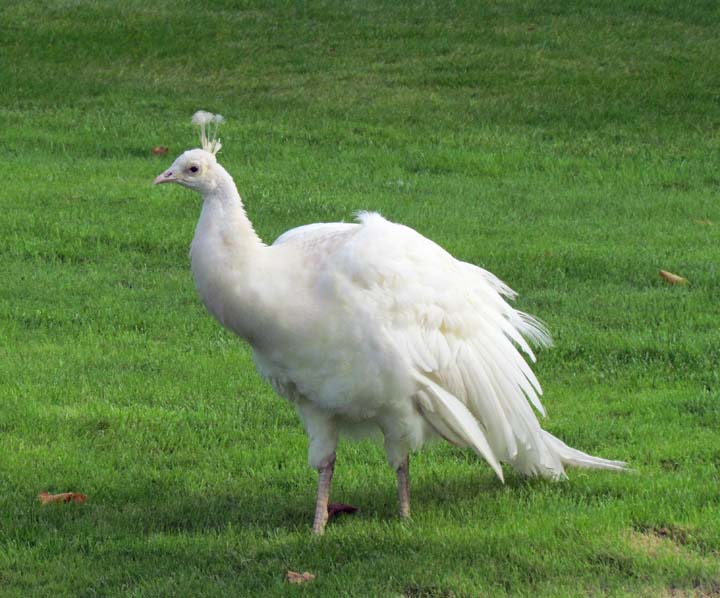
~ ~ ~ ~ ~ ~ ~ ~ ~ ~ ~ ~ ~ ~ ~ ~ ~ ~ ~ ~ ~ ~ ~ ~ ~ ~ ~ ~ ~ ~ ~